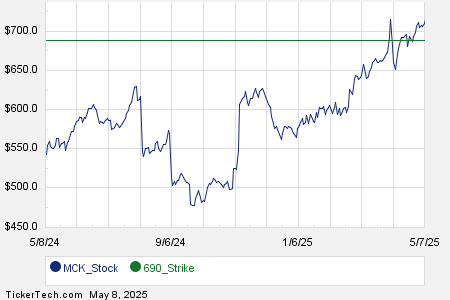Cocoa Prices Dip Amid Quality Concerns and Strong Dollar
July ICE NY cocoa (CCN25) is down -37 (-0.40%), while July ICE London cocoa #7 (CAN25) has decreased by -61 (-0.91%).
Today, cocoa prices reversed early gains, turning lower after the dollar index (DXY00) surged to a 3-1/2 week high. This movement prompted some long liquidation in cocoa futures following Tuesday-Wednesday’s rally.
Quality Issues Affecting Ivory Coast Cocoa Mid-Crop
Cocoa prices initially moved upward today. NY cocoa reached a 1-week high and London cocoa hit a 1-month high. Concerns about the quality of the Ivory Coast’s mid-crop, currently being harvested, are supporting prices. Processors report rejecting truckloads of beans due to quality issues, with around 5% to 6% deemed poor, compared to just 1% during the main crop.
According to Rabobank, these quality concerns stem partly from late-arriving rains that hindered crop growth. The mid-crop is the smaller of two annual harvests, typically starting in April. Estimates indicate this year’s mid-crop will yield about 400,000 MT, a 9% decline from last year’s 440,000 MT.
Export Slowdown and Demand Concerns
On April 25, NY cocoa reached a 2-1/2 month high amid supply fears, as Ivory Coast cocoa exports slowed. Government data showed farmers shipped 1.53 MMT of cocoa from October 1 to May 3, an 11.7% increase from last year but a drop from a much larger 35% rise in December.
Last Wednesday, cocoa prices fell to two-week lows due to demand worries. Hershey Co. reported a 14% decline in Q1 sales, anticipating $15-$20 million in tariff costs for Q2. Mondelez International also announced weaker-than-expected Q1 sales, attributing it to consumer cutbacks amid economic uncertainty and high chocolate prices.
A rebound in current cocoa inventories adds further bearish sentiment. After hitting a 21-year low of 1,263,493 bags on January 24, ICE-monitored cocoa inventories in U.S. ports increased to a 7-1/4 month high of 2,107,210 bags on Wednesday.
Global Market Dynamics
Cocoa prices are also influenced by various reports. A recent Bloomberg report indicated that Nigerian cocoa exports surged 24% year-on-year to 27,564 MT. As the fifth-largest cocoa producer, Nigeria’s rise adds to the current cocoa market dynamics.
Despite negative trends, global cocoa demand showed some resilience. In Q1, North American cocoa grindings decreased 2.5% year-on-year to 110,278 MT, an improvement over expectations of at least a 5% decline. Similarly, Q1 European cocoa grindings fell 3.7% year-on-year to 353,522 MT, while Q1 Asian grindings decreased 3.4% year-on-year to 213,898 MT, both less severe than anticipated.
However, the ongoing global trade war and rising tariffs pose a challenge for demand, which could cause further divestments. Barry Callebaut AG lowered its annual sales outlook due to uncertainties surrounding high cocoa prices and tariffs.
Future Outlook and Supply Concerns
In a bearish outlook, the International Cocoa Organization (ICCO) projected a global cocoa surplus of 142,000 MT for the 2024/25 season, the first surplus in four years. ICCO also anticipates global cocoa production will rise 7.8% year-on-year to 4.84 MMT.
Conversely, reduced cocoa supplies from Ghana, the world’s second-largest producer, have supported prices. Ghana’s cocoa regulator, Cocobod, revised its 2024/25 harvest forecast down to 617,500 MT, a 5% reduction from earlier estimates.
Furthermore, the ICCO noted that the 2023/24 cocoa deficit is projected at 441,000 MT, the largest in over 60 years, with a year-on-year production drop of 13.1% to 4.38 MMT. The ratio of global cocoa stocks to grindings has reached a 46-year low at 27.0%.
On the date of publication, Rich Asplund did not have (either directly or indirectly) positions in any of the securities mentioned in this article. All information and data in this article are for informational purposes only. For more information, please view the Barchart Disclosure Policy.
The views and opinions expressed herein are those of the author and do not necessarily reflect those of Nasdaq, Inc.



